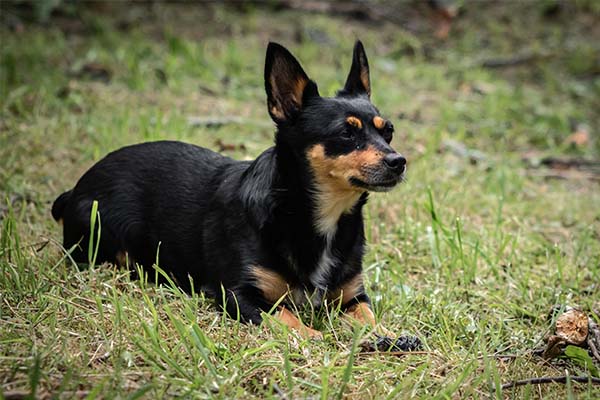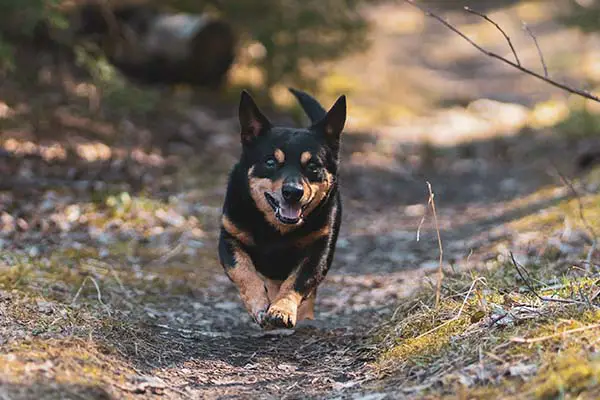The Lancashire Heeler is a medium to high-energy dog. Intelligent, alert, and friendly, they are quick to learn new tasks. A sturdy little dog with a short, weather-resistant coat of black and tan or liver and tan, they are affectionate with their owners, always happy, talkative, and always ready for a walk. Their small size is what gives them their charm.
The Lancashire Heeler is a small, powerful, sturdily built, alert, and energetic worker who works cattle yet possesses terrier tendencies while rabbiting and ratting. They have a distinctive feature known as the Heeler Smile; when content, Heelers have been found to draw back their lips in an attempt to mimic a human smile. Due to the tiny number of dogs in the gene pool and the risk of various genetic disorders, the breed was added to The Kennel Club’s Endangered Breeds list in 2003.






 Health
Health Grooming
Grooming Exercise
Exercise Training
Training Nutrition
Nutrition